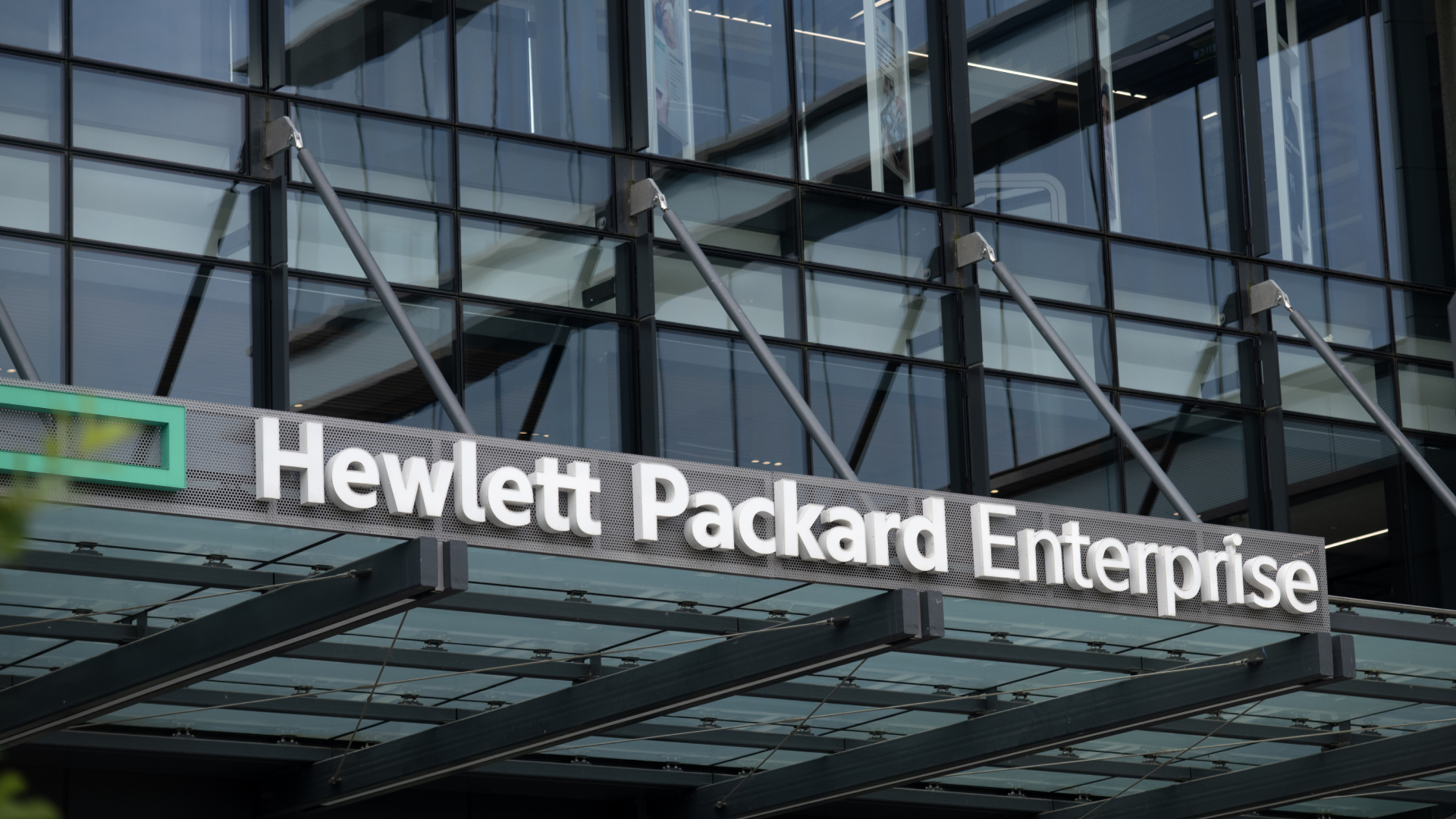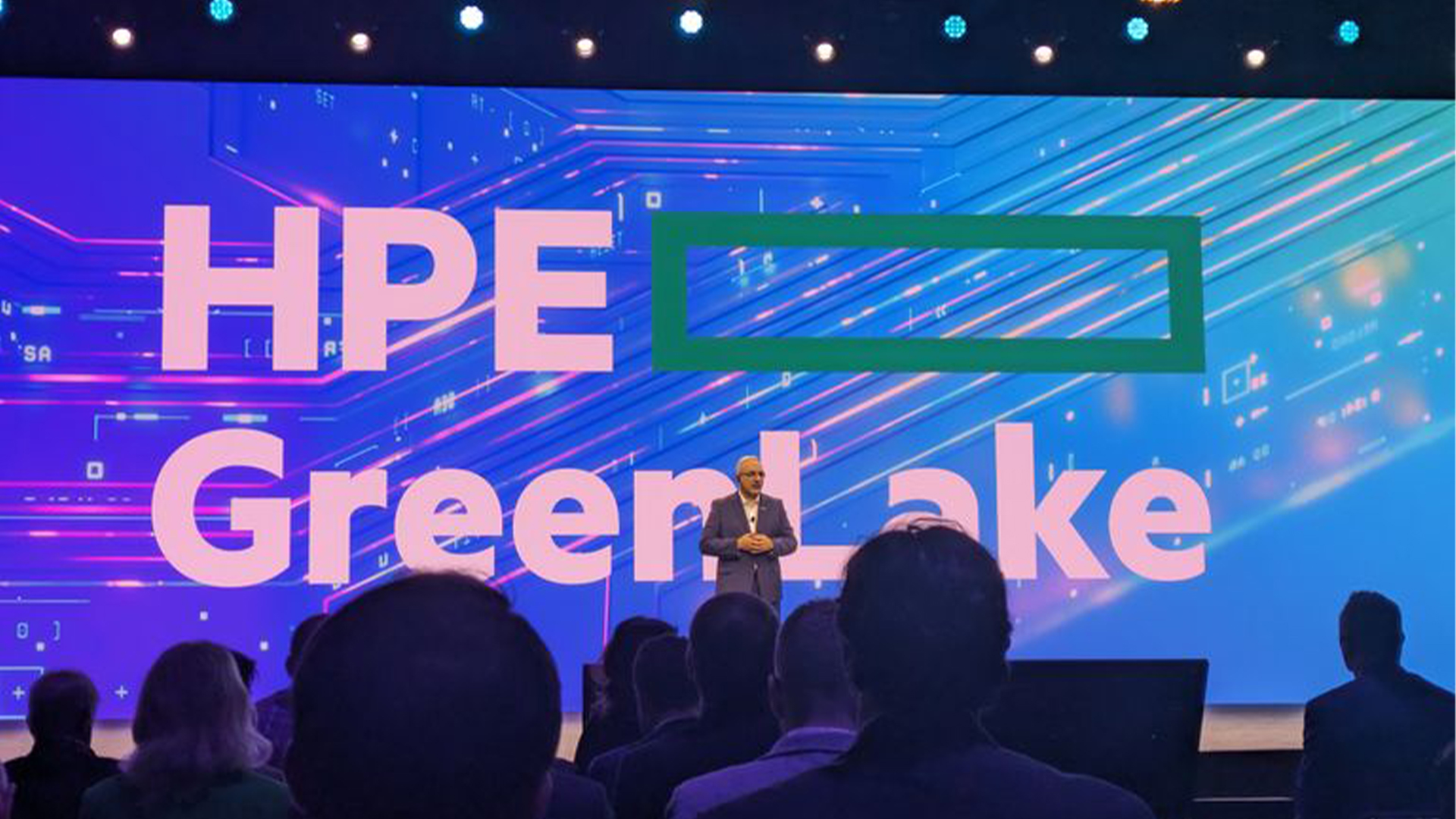The cloud and rising to the challenge
How cloud platforms and services are vital for organisations navigating the coronavirus crisis

In a very short space of time, the coronavirus outbreak has completely transformed how organisations across all sectors operate. With lockdown restrictions rolling out across the globe, those organisations have moved quickly to instruct their staff to work from home in a bid to halt the spread of the Covid-19 infection.
The nature of the IT industry will mean many of its businesses and employees will have remote working experience, but that isn’t the same across the board. According to March 2020 research from the Office of National Statistics (ONS), only 30% of UK employees ever worked from home during 2019. For many, the change has been sharp and abrupt, and brought with it significant challenges for both the workforce and the IT infrastructure required to support it.
Due to the rapidly unfolding pace of the Covid-19 pandemic, CIOs have had little time to test the robustness of their business continuity strategy. However, the demands of the workforce will remain the same, with remote staff expecting the same resources and applications from home as they would if they were still operating out of a central office. Making sure that IT infrastructures can cope with the surge in demand for access to on-premise and cloud platforms from remote locations is key in the coming months.
Every organisation is at a different stage of its digital transformation journey, but those further along the road will likely have had a headstart when it comes to keeping day-to-day operations going. For instance, companies with an existing cloud infrastructure and agile working culture – and the IT services to support it – will have been able to pivot quickly to remote working once social distancing instructions came into place. For those lagging behind, the challenges will be far greater.
A recent report from GlobalData, Tech, Media & Telecom Trends 2020 (updated to take into account Covid-19), stated that the current crisis will have a significant impact on how businesses approach IT. Principal Analyst, Global IT Technology and Software at GlobalData, Chris Drake, said that although the coronavirus may pause some IT projects, for others “it is likely to spur demand for cloud computing and other IT solutions, including edge computing, as organisations accelerate and adjust their digital transformation strategies��.
Drake further underlined the significance of the cloud in supporting this new way of working, adding: “As businesses shutter their brick and mortar operations and, where they can, transition to a remote workforce, it is clear how important the cloud is for continuity of operations. Any organisation that actively resisted digitalisation is now confronted with a harsh reality. This puts cloud providers in a strong position.”
Though the cloud is now ubiquitous across business and the wider tech world, it has long moved beyond the public model, with new trends emerging to offer greater flexibility. Hybrid cloud, for instance, allows organisations to migrate to the cloud but retain some of their applications and data in private data centres. Multi-cloud, meanwhile, lets an organisation manage its infrastructure across different cloud environments and still use its own data centres.
The need for greater flexibility from the cloud is more relevant now than ever before. As-a-service solutions like HPE’s GreenLake offer a ready-made solution to increase control and lower TCO (total cost of ownership). Usage of GreenLake is metered, so whether its storage or network traffic, a business will only pay for what it consumes – that means no more committing capital to IT assets and resources that won’t get used.
Billed as a full everything-as-a-service offering, GreenLake hybrid cloud lets you design, build, manage and optimise your on- and off-premises solutions – it blends the agility and economics of public cloud with the security and performance of on-premises servers.
The GreenLake hybrid cloud experience lets you monitor your entire IT environment – apps, data usage, costs – via a single online portal. The HPE Greenlake Central dashboard gives oversight to purchase and manage on-premises, public and private clouds, while cost projections let you measure actual spend against projected. Moreover, the GreenLake Marketplace gives you the option to try out and purchase new apps, then quickly roll them out across your IT estate.
IT and digital transformation strategies need to be agile to respond to constant shifts and new technologies, and the current coronavirus pandemic has highlighted that external factors can play a significant part in business continuity. A solution like HPE GreenLake offers a scalable, on-demand IT and cloud infrastructure ready to meet demand – that’s essential if you want to remain competitive and keep moving your digital transformation strategy forward. When the world emerges from the other side of the pandemic, it’s the organisations with a rounded cloud strategy that will be best-placed to thrive and meet the challenges that lie ahead.
Get the ITPro daily newsletter
Sign up today and you will receive a free copy of our Future Focus 2025 report - the leading guidance on AI, cybersecurity and other IT challenges as per 700+ senior executives
ITPro is a global business technology website providing the latest news, analysis, and business insight for IT decision-makers. Whether it's cyber security, cloud computing, IT infrastructure, or business strategy, we aim to equip leaders with the data they need to make informed IT investments.
For regular updates delivered to your inbox and social feeds, be sure to sign up to our daily newsletter and follow on us LinkedIn and Twitter.
-
 HPE announces VM Essentials – the VMWare competitor that isn’t
HPE announces VM Essentials – the VMWare competitor that isn’tNews Execs at HPE Discover acknowledge Broadcom issues, but deny they’re in competition
By Jane McCallion
-
 Barclays extends HPE GreenLake contract amid “significant acceleration” of hybrid cloud strategy
Barclays extends HPE GreenLake contract amid “significant acceleration” of hybrid cloud strategyNews The pair will step up their collaboration to drive private cloud efficiencies using AI and other new technologies
By Daniel Todd
-
 'Catastrophic' cloud outages are keeping IT leaders up at night – is it time for businesses to rethink dependence?
'Catastrophic' cloud outages are keeping IT leaders up at night – is it time for businesses to rethink dependence?News The costs associated with cloud outages are rising steadily, prompting a major rethink on cloud strategies at enterprises globally
By Solomon Klappholz
-
 Scottish data center provider teams up with HPE to unveil National Cloud – a UK sovereign cloud service for large enterprises, tech startups, and public sector organizations
Scottish data center provider teams up with HPE to unveil National Cloud – a UK sovereign cloud service for large enterprises, tech startups, and public sector organizationsNews The DataVita National Cloud service is aimed at customers with complex workloads, addressing compliance and security concerns for public services and regulated industries
By Emma Woollacott
-
 HPE eyes ‘major leap’ for GreenLake with Morpheus Data acquisition
HPE eyes ‘major leap’ for GreenLake with Morpheus Data acquisitionNews HPE will integrate Morpheus’ hybrid cloud management technology to ‘future-proof’ its GreenLake platform
By Daniel Todd
-
 HPE Discover 2024 live: All the news and updates as they happened
HPE Discover 2024 live: All the news and updates as they happenedLive Blog HPE Discover 2024 is a wrap – here's everything we learned in Las Vegas this year
By Jane McCallion
-
 Four things to look out for at HPE Discover 2024
Four things to look out for at HPE Discover 2024Analysis HPE Discover 2024 is taking place at the Venetian in Las Vegas from 18-19 June. Here are some ideas of what we can expect to see at the show
By Jane McCallion
-
 HPE GreenLake gets a slew of new storage features
HPE GreenLake gets a slew of new storage featuresNews The additions to HPE GreenLake will help businesses simplify how they optimize storage, data, and workloads, the company suggests
By Jane McCallion


